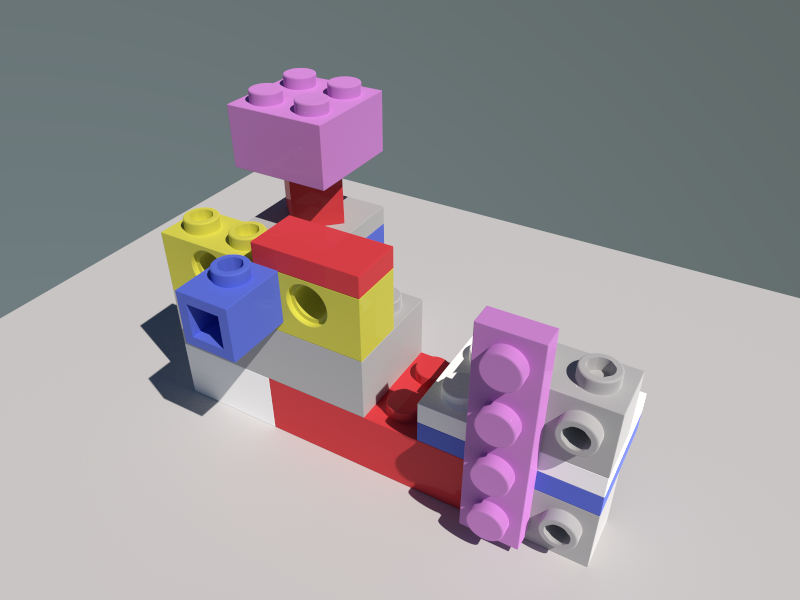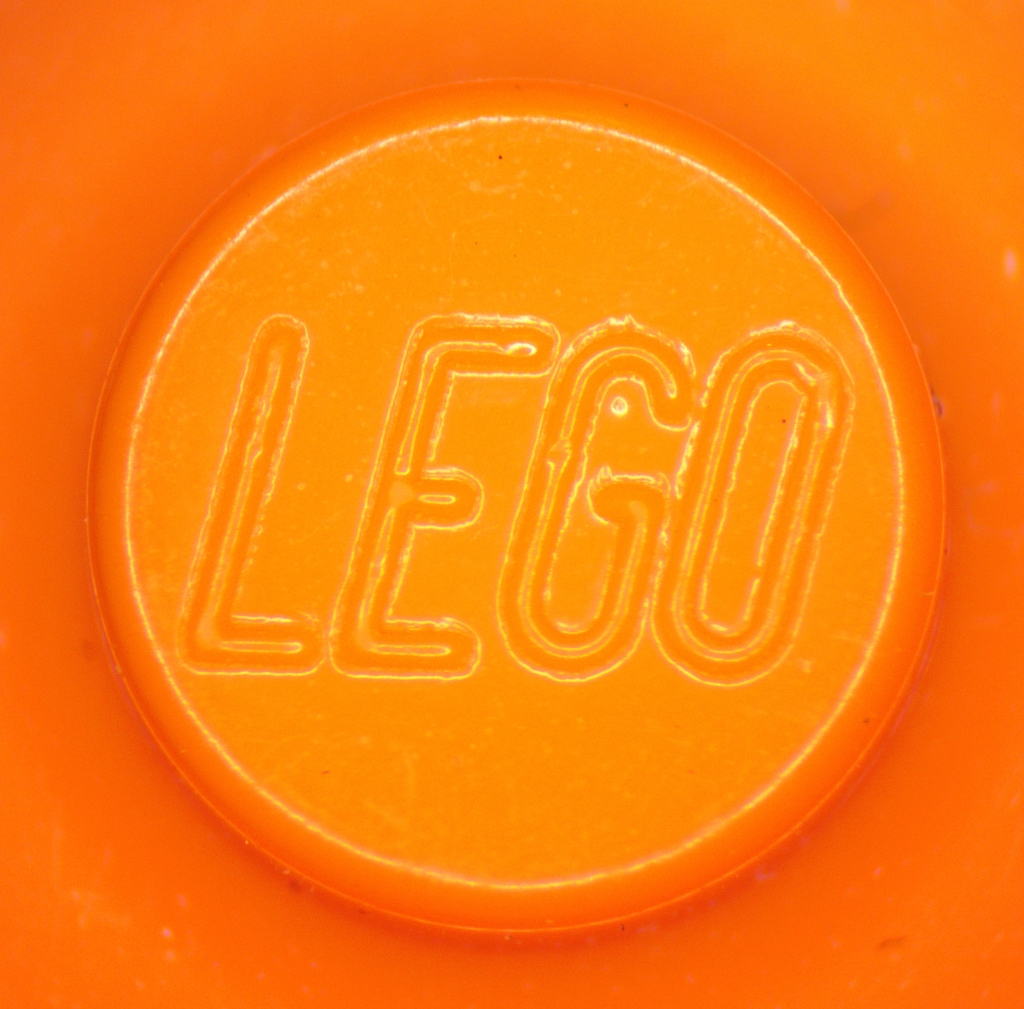I reached a milestone last weekend with a successful render of a brick assembly in FreeCAD.

I reached a milestone last weekend with a successful render of a brick assembly in FreeCAD.

Presented here is a somewhat terse step-by-step guide to installing a working version of FreeCAD 0.19 on macOS Big Sur using Conda.
Additional bonus steps explain how to use the new FreeCAD Extension Manager to install the Assembly4 Workbench and the Render Workbench (with rendering performed by Cycles).
If you use a 3DConnextion SpaceMouse I can report these steps will produce a build which supports it.
The plan for Flowscripter has always included the following goals:
A bugix version of Legify is available at:
https://github.com/vectronic/freecad-legify-macros/releases/tag/v0.2.2
It provides improvements to measurements and rendering based on using the macro generated parts in Assembly V4 and TechDraw workbenches.
Example TechDraw diagrams for individual parts and assemblies are provided below.
Last year I provided some FFmpeg patches to support ICC Profiles stored within MP4 (and MOV) files.
The patches were recently merged into master and will therefore be available in the next FFmpeg release.
\( ゚ヮ゚)/
ICC profiles can be stored in MOV/MP4 sample descriptor colour information atoms. The relevant extract from the ISO standard is:
The latest and most likely last version of Legify is available at:
https://github.com/vectronic/freecad-legify-macros/releases/tag/v0.2.0
I’ve achieved my goals with this project, which were to:
I’m now moving on to learn about assemblies and technical drawings.
As part of my efforts to accurately model Lego bricks, I need to visualise the finer features of Lego pieces and measure various dimensions accurately.

Googling for “excel timecode” didn’t produce any results which met my requirements:
Because of this, I am pleased to present a solution which does meet the above requirements:
I have moved on from learning basic part design and scripting in FreeCAD and now want to tackle assemblies.
Following on from my previous post, Building FreeCAD with 3DConnexion Support on macOS using Conda, this post presents similar instructions for building the very promising Assembly3 Workbench for FreeCAD.
Again, I wanted to use the latest source AND use a 3DConnexion SpaceMouse on a MacBook Pro. Using Conda and the Conda Forge feedstock for FreeCAD makes this a scriptable, repeatable process.
My first serious microscopic soldering project took place over the weekend!
An Intel NUC had been prised open during a baggage inspection. Thanks TSA!
As a result the fan connector had been torn from the PCB.
I’m not saying it was a nicely executed repair, but the NUC does now work… Identified areas for improvement:
Presented here is a somewhat terse step-by-step guide to building FreeCAD from source using Conda and the Conda Forge feedstock for FreeCAD.
I need to do this to ensure I can run the latest FreeCAD code AND use a 3DConnexion SpaceMouse on a MacBook Pro.
I finished the DIY fit-out of my lab/office/study late last year.
A lot of planning and design was done before I started cutting into flat-pack furniture with the circular saw.
I’m very pleased with the result. This is a good thing as I’ll be spending a significant portion of my life for the coming years here.
I’ve been developing a FreeCAD macro for a while with the following aims:
To really push the boundaries, I challenged myself to use Python scripting in conjunction with the PartDesign workbench: I wanted to end up with a parametric model fully based on sketches and datum planes.
There are several limitations when referencing items in FreeCAD via Python script. This includes needing to reference Part items such as edges and faces by name, whilst the names are liable (and likely) to change each time the model is modified.
There are also a number of exposed native methods in the Python scripting layer which expect (rarely documented) integer based constants. In this post I collate what I’ve learnt about these constants for future reference.
Beyond simple scripts, FreeCAD macro development really benefits from using a Python IDE. My Python IDE of choice is PyCharm.
I have been able to setup the same Python environment with FreeCAD and PyCharm using this great project https://github.com/FreeCAD/FreeCAD_Conda.
This allows the same Python syntax and semantics to be applied (especially important when switching from Python 2 to Python 3). Unfortunately however, having code completion for FreeCAD modules still eludes me…